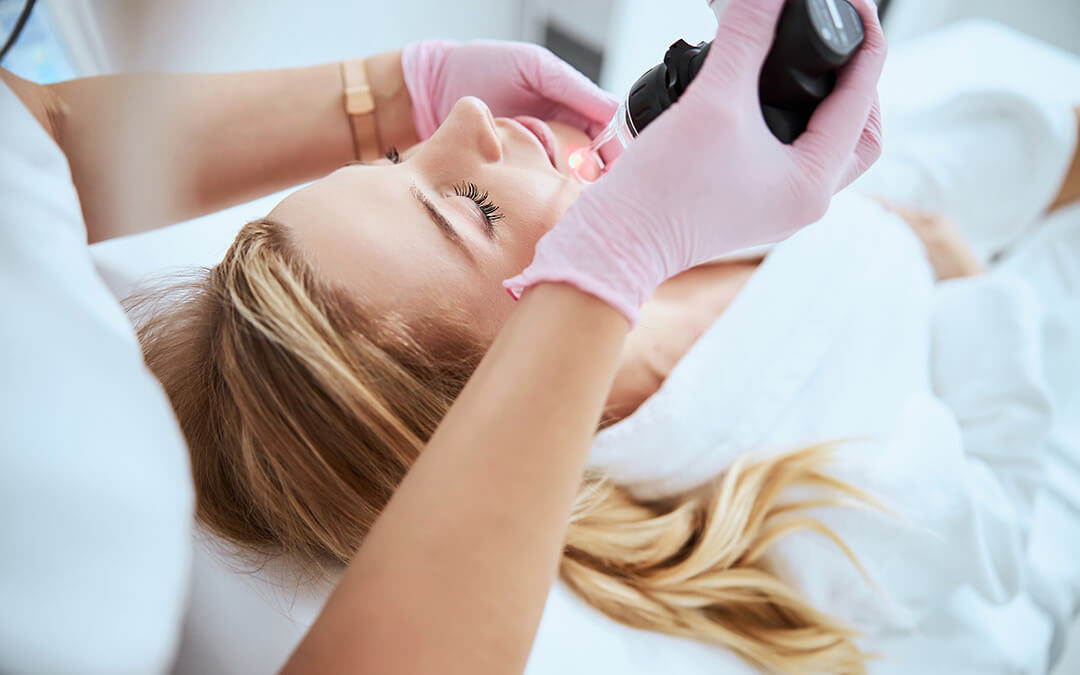

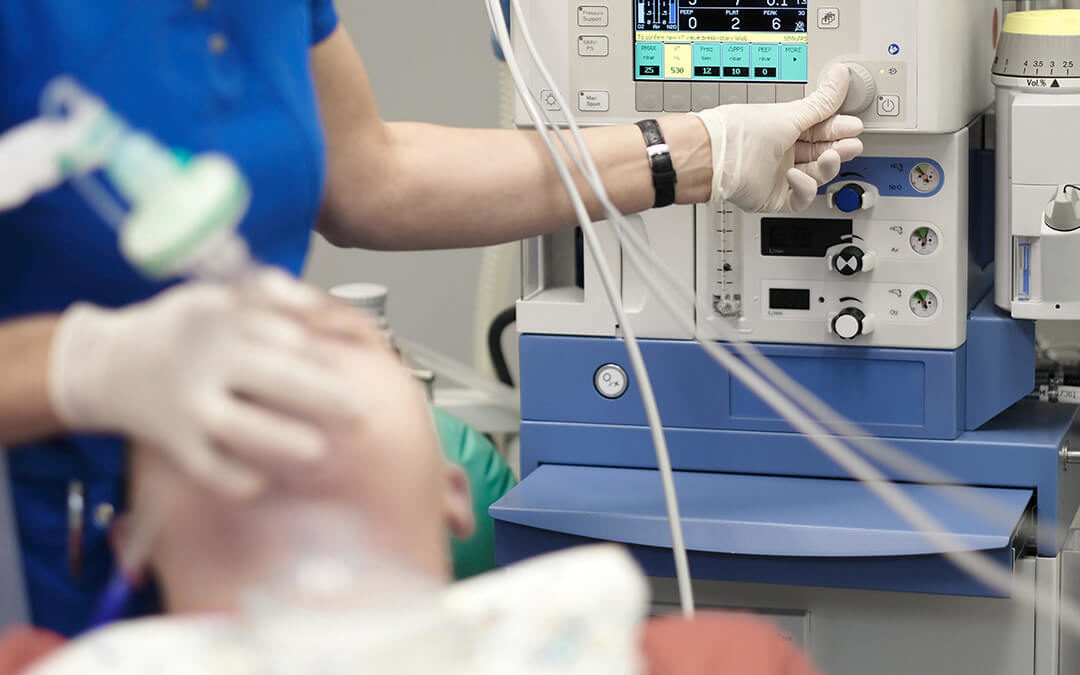
Four Common Medical Uses For Compressed Air
Made up of nitrogen and oxygen, compressed medical air is odorless, nonflammable, and free of particles, oil, moisture, and trace contaminants. In hospitals, dental offices, and other healthcare facilities, compressed air is supplied either through a medical gas...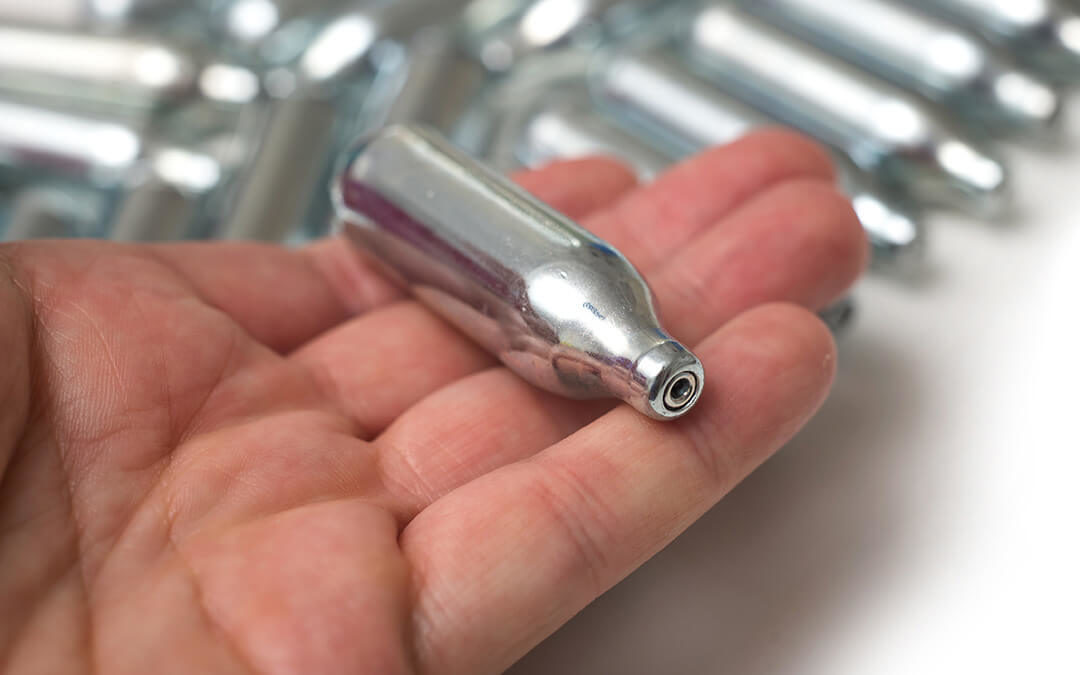
How Does Nitrous Oxide Affect The Human Body?
When inhaled, the gaseous combination of nitrous oxide and oxygen acts as an anesthetic and analgesic during medical and dental procedures – such as oral surgery – as well as during childbirth and trauma treatment. The medical use of nitrous oxide-oxygen in...
An Overview Of The Benefits Of Oxygen Therapy
As humans, we breathe oxygen to survive. Though it makes up little more than 20% of the air we breathe (the majority of which is nitrogen), oxygen is vital to the proper functioning of our bodies – our hearts and brains included. Oxygen is required for cell...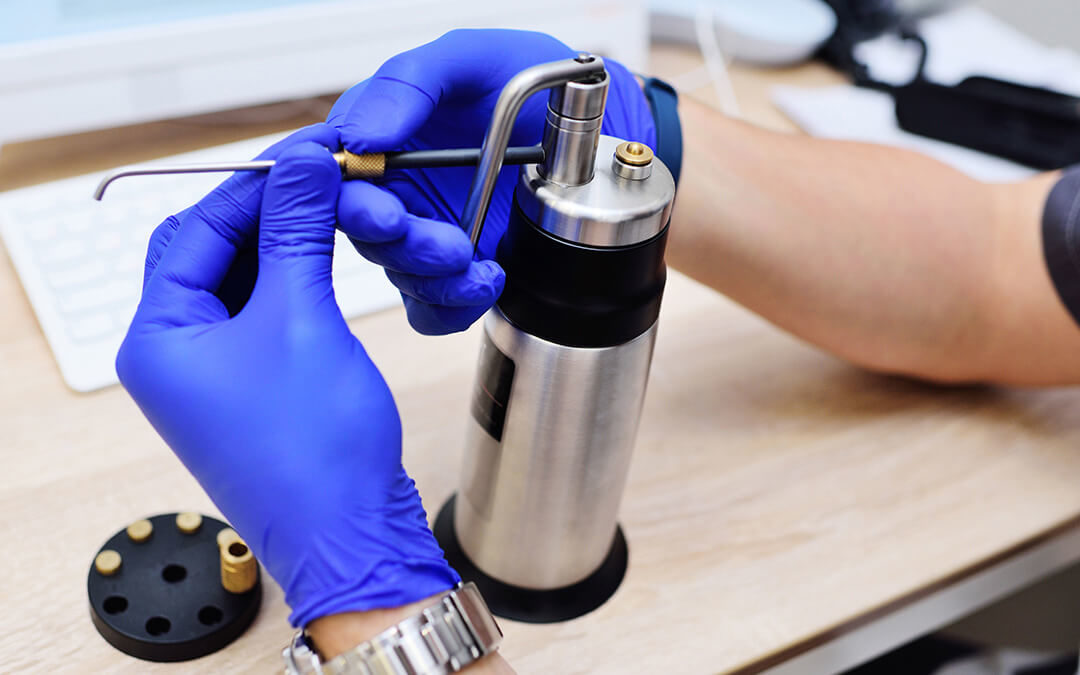
What Are The Benefits Of Cryosurgery?
Cryosurgery, or cryotherapy, is the application of extreme cold to destroy diseased or unwanted tissue. The cold is applied with cryogens such as argon, carbon dioxide, and, most commonly, liquid nitrogen. Rapid freezing kills the targeted cells, while anesthetically...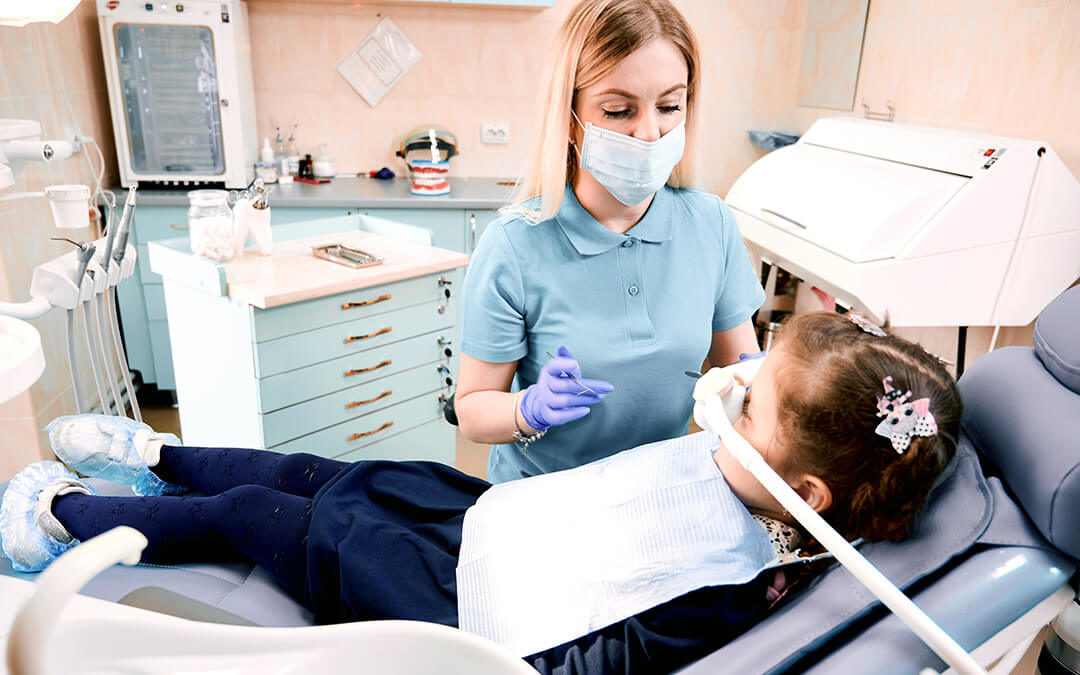
Recent Comments